From the Resene decorating blog
Painting nicely plasterboard-lined walls, and wooden surfaces or furniture is one of the simplest ways to give your rooms a new lease of life. But did you know you can actually paint a whole range of other surfaces?
Concrete, ceramics, metal and even melamine kitchen cabinets – among other things – can all be painted over, which opens up a whole new world of ideas for revamping your spaces, inside and out.
Resene Paint Expert, Ash Strange has some tips and tricks for preparing and painting a whole range of different surfaces.
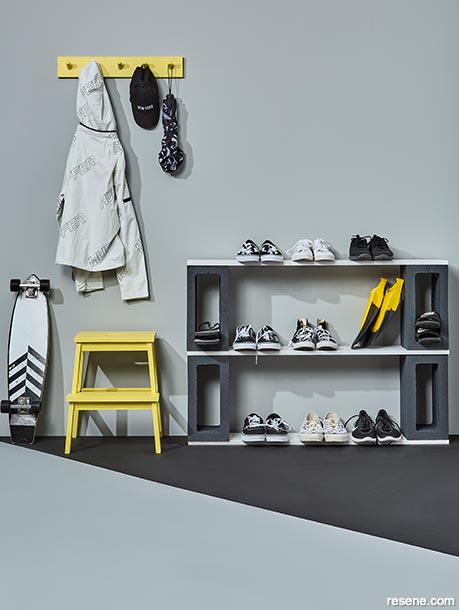
Painted concrete cinder blocks are a simple way to create practical, affordable shelving that looks sharp.
These blocks are painted in Resene Foundry with shelves in Resene Black White. The wall is Resene Silver Chalice while the floor is Resene Stack and Resene Nero. The coat rack and step stool are Resene Turbo. Tools and balls from The Warehouse. Project by Vanessa Nouwens, image by Bryce Carleton.
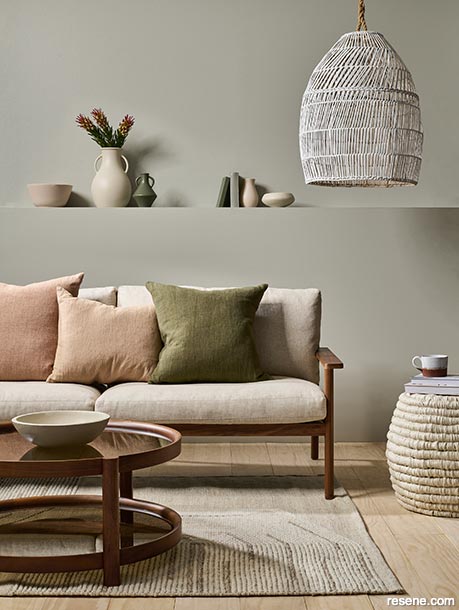
Painted simple ceramic ornaments and unexpected surfaces such as this light shade in Resene Umber White and rope side table in Resene Sugar Loaf add plenty of visual interest to this neutral room.
The wall is painted in Resene Copyrite and the timber floor is Resene Colorwood Natural. Along the shelf the vases are Resene Sugar Loaf, Resene Alpaca, Resene Raptor and Resene Half Rickshaw. Sofa, table and linen cushions from Citta, neutral patterned cushions and rug from Freedom. Project by Laura Lynn Johnston, image by Bryce Carleton.
Prepare new and fully cured concrete surfaces like walls and steps, with a coat of Resene Concrete Primer, but for concrete surfaces that are more than six months old start with a coat of Resene Sureseal, which will penetrate and bond decaying surfaces and make them suitable for painting. It should also reduce any bleeding of water stains and can be used on other surfaces like plaster or stucco.
When it comes to topcoats, lower sheen finishes are a popular choice as they don’t show imperfections as high-gloss finishes do. If you need a weathertight membrane opt for Resene X-200.
For painted concrete surfaces that will be walked on like steps and paths, or paving stones use Resene Walk-On or Resene Non-Skid Deck & Path.
Unglazed concrete finishes like pavers can also be painted, clear coated or even stained using Resene Concrete Stain which comes in a range of colours such as Resene Autumn Leaves or Resene Red Terracotta.
Top tip: Before you start painting concrete, brick or plaster surfaces treat any mould first with Resene Moss & Mould Killer.
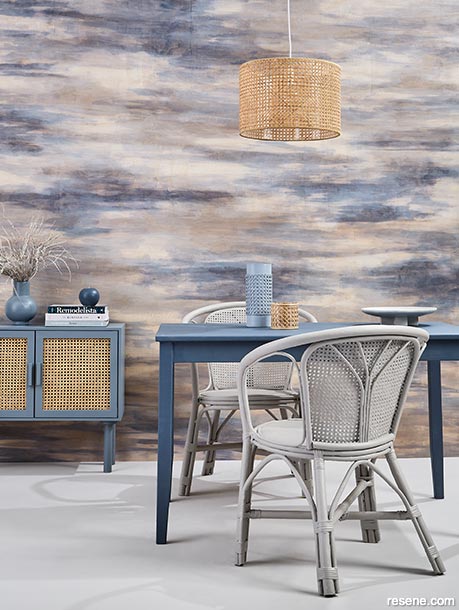
Painted rattan features add a tactile textured finish to this dramatic dining room with its watercolour backdrop.
The chairs have been painted in Resene Half Stonehenge, while the rattan-trimmed vase on the table is Resene Quarter New Denim Blue. Rattan side cabinet and vase are in Resene New Denim Blue, table and small round vase in Resene Rhino, stained watercolour wall in Resene Woodsman Riverstone, Resene Woodsman Silvered Grey, Resene Woodsman Skywater and Resene Colorwood Whitewash. The floor is Resene Eighth Stonehenge. Tealight holder from Freedom, cup and saucer from Farmers. Project by Vanessa Nouwens, image by Bryce Carleton.

Painted ceramic ornaments and other unusual textures liven up otherwise plain spaces.
The bedroom wall is painted in Resene Meringue and the floor is finished in Resene Colorwood Breathe Easy. The round table is Resene Illuminate with a vase in Resene Funk. On the shelf the painted books are Resene Meringue, Resene Yuma, Resene Mint Julep and Resene Lemon Twist. The two textured DIY artworks are painted in Resene Creme De La Creme and Resene Funk. The bowl is Resene Funk, the ribbed vase is Resene Lemon Twist and the small bowl and tealight holder are Resene Coconut Cream. Duvet and pillowcases Foxtrot Home, boucle cushion from Adairs, lemon cushions from Freedom, round boucle cushion from Mocka, cream linen look cushion from The Warehouse, throw from Adairs. Project by Vanessa Nouwens, image by Bryce Carleton.
On older plaster make sure any cracks are filled before applying your primer. Use Resene Brushable Crack Filler for fine hairline cracks, or, for larger gaps try Rockcote Multi-stop Masonry Filler.
For brand new plaster or stucco cladding that’s less than a month old, treat with a coat of Resene Limelock to create a water barrier and promote faster curing. This can then be covered in your chosen Resene topcoat.
Prepare new and well-cured plaster with Resene Concrete Primer and for plaster cladding that is more than six months old, use Resene Sureseal.
If you need a weathertight membrane use Resene X-200 but a standard acrylic topcoat such as Resene Lumbersider Low Sheen or Resene Sonyx 101 semi-gloss waterborne paint in your chosen colour will also give an excellent finish.
Top tip: Resene CoolColour paint formulas are best if you’re using a dark colour to help reduce heat-related damage to both the paint and the substrate. Check with your local Resene ColorShop team whether a Resene CoolColour is right for your project.
Painted pots are a fun and simple way to liven up your garden, but they are very porous so starting with a coat of Resene Aquapel and Terracotta Sealer inside and out is a good idea. It’ll stop your terracotta from leaching water from the soil, help prevent fungus and stop the water coming through the pot blistering off the paint.
Cover with two coats of Resene Lumbersider in your chosen colour. Leave at least 24 hours after painting before you pot your plants.
Top tip: Most Resene testpots are made with Resene Lumbersider Low Sheen waterborne paint so it works both inside on your craft projects and for your outside projects too.
Apply a thin coat of Resene Waterborne Smooth Surface Sealer to your surfaces and allow to cure without any water contact. The sealer isn’t designed to be applied as a thick wet film so the thinner the coat the better.
Using a Resene No.4 microfibre roller sleeve, apply a topcoat in a waterborne enamel like Resene Lustacryl semi-gloss or Resene Enamacryl gloss in your chosen colour, as they’re hardwearing and easy to clean, once fully cured.
The new paint system will take five days to develop good initial adhesion and will continue to develop for another three weeks until a full cure occurs. In the early stages, the painted surface won’t be very resistant to cleaners or abrasion but that resistance will develop as the finished surface completely cures.
Prepare the surface with a coat of Resene Waterborne Sureseal then topcoat with Resene Lumbersider Low Sheen or waterborne enamels such as Resene Lustacryl or Resene Enamacryl using a spray applicator, brush or roller.
Top tip: If you’re painting ceramic tiles to deflect heat, Resene White is the best colour choice.
Before starting, wash the surface with Resene Roof and Metal Wash and treat any areas of rust.
Undercoat shiny new iron with Resene Galvo Prime, which is waterbased, but for older corrugated iron use Resene Galvo One which is solvent-based. Both these products can also be used on other galvanised steel products like flashing, downpipes and guttering.
For painting over factory-finished products such as COLORSTEEL® use Resene Pre-Coated Steel Primer as your undercoat.
Topcoat with Resene Summit Roof paint in your chosen colour. For quick and easy application try applying your primer and topcoat with a Resene corrugated iron roller sleeve.
Most metal arms and legs on furniture are precoated so prime with Resene Pre-Coated Steel Primer then finish with two coats of your chosen colour in Resene Lustacryl for a waterborne semi-gloss finish.
If your wicker and cane furniture are already varnished start with one coat of Resene Smooth Surface Sealer followed by two topcoats in your chosen colour.
If the wicker surface is bare and uncoated, start with one coat of Resene Quick Dry primer.
Brush application is often best for wicker furniture to ensure you can get the paint evenly into all the nooks, crannies and gaps.
If you want to remove the textured linen finish of a bought canvas before starting your art piece, coat with two or three coats of Resene Quick Dry as a base.
If your finished piece is likely to get a lot of sun, finish with a coat of Resene Clearcoat UVS protective glaze to reduce fade.
Most surfaces can be painted, but the two key questions to ask yourself before starting are:
For example, surfaces like upholstery fabric can be painted but if they’re going to be sat on a lot or the fabric will be stretched, that is going to stress the paint and potentially cause cracking and flaking. However if your finished painted fabric piece is designed to be ornamental and just for display, painting it can work well.
Tapware is another surface that can be painted with the right preparation, but tapware also tends to be high use and subject to a lot of wear and tear. You might just be creating a lot of maintenance work for yourself to keep it looking its best. But again if, for example, you’re using a showerhead as a quirky garden sculpture then a painted finish could be just what you’re after to turn it into a feature.
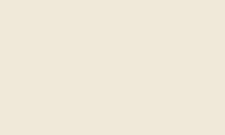

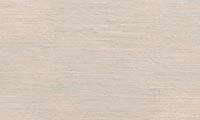
November 23, 2022
Check with the staff at your local Resene ColorShop if you’re not sure how to prepare and paint a surface, or use the free ask a Resene Paint Expert service online.
Book a colour consult | Ask a Colour Expert | Ask a Paint Expert
Resene's decorating blog
Paint your home beautiful! Discover the latest decorating trends, tips and colour news.
![]()
Previous «
Take neutral up a gear
![]()
Blog home
View the latest trends, tips and news
![]()
» Next
The new minimalism